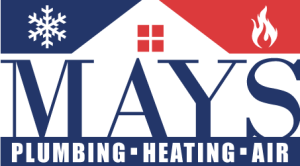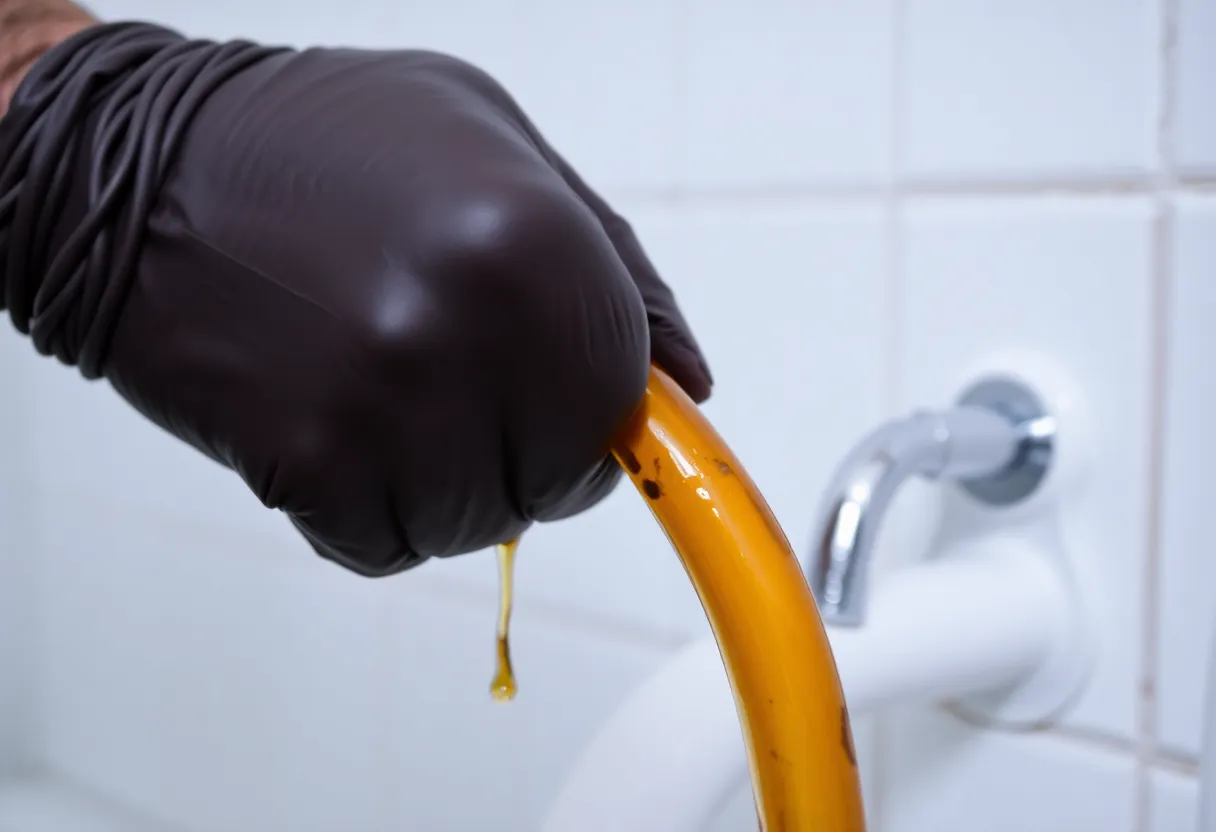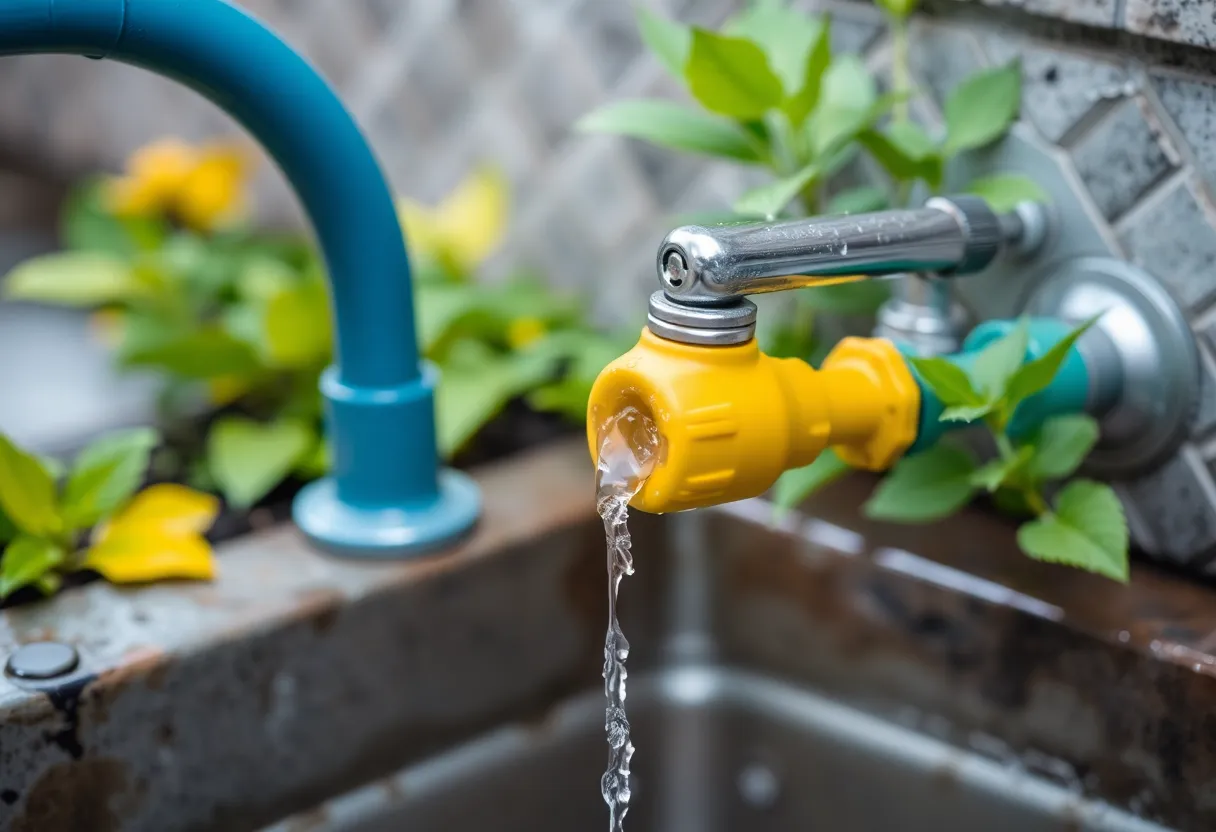The Silent Observer: 10 Under-the-Radar Plumbing Problems That Are Costing You More Than You Think
When it comes to home maintenance, plumbing issues often emerge as silent assassins, quietly sapping your resources and causing damage before you even notice. Understanding the nuances of your plumbing system is vital, not just for preventing expensive repairs but also for maintaining the overall health and efficiency of your home. While some plumbing problems are loud and clear—think of gushing leaks or overflowing toilets—many issues operate in the shadows, stealthily draining your wallet.
This article will delve into _10 under-the-radar plumbing problems_ that can lead to _significant costs_ over time. By identifying these silent offenders early, you can save both your budget and your home from greater future peril.
1. Hidden Leaks
_Hidden leaks_ are one of the most pervasive plumbing problems. Often lurking behind walls, under floors, or in ceilings, these leaks can result in mold, water damage, and skyrocketing water bills. Unlike visible leaks, which are easy to detect, hidden leaks may go unnoticed for extended periods.
Signs of a Hidden Leak
- Higher than usual water bills
- Unexplained water stains on walls or ceilings
- Warping or swelling of floors or baseboards
To mitigate the risks posed by hidden leaks, consider investing in a specialized water leak detection system designed to alert homeowners of issues before they escalate.
2. Low Water Pressure
When you turn on your tap only to be greeted by a disappointing trickle, you may think it’s a minor inconvenience. However, _low water pressure_ can indicate underlying plumbing issues, such as clogs or failing plumbing components.
Possible Causes of Low Water Pressure
- Mineral buildup in pipes
- Corroded pipes
- Municipal supply problems
Ignoring low water pressure can lead to a complete blockage, which may necessitate costly repairs or replacements. Regular maintenance can help keep your water flow steady.
3. Slow Drains
While it might seem harmless, a _slow drain_ can signify an underlying problem. Often caused by debris accumulation or grease buildup, slow drains should not be ignored as they can lead to complete blockages over time.
How to Address Slow Drains
- Use a plunger or drain snake for minor clogs.
- Consider enzyme-based cleaners to break down buildup.
- Schedule a professional inspection if slow drains persist.
By addressing slow drains promptly, you can prevent more severe plumbing issues down the line.
4. Faulty Water Heater
Your water heater works diligently behind the scenes to provide you with hot water for cooking, cleaning, and bathing. However, many homeowners overlook the importance of maintaining their water heater. A _faulty water heater_ can lead to not only discomfort but also increased utility bills.
Signs of a Failing Water Heater
- Fluctuating water temperatures
- Strange noises (like popping or rumbling)
- Discolored water
Regular maintenance can prolong your water heater’s lifespan and also allow you to catch issues before they turn into expensive repairs.
5. Corroded Pipes
If your home is older, there’s a chance you might be dealing with _corroded pipes_. Corrosion can lead to leaks, contaminated water, and significant structural damage. It’s vital to know the age and material of your plumbing to take appropriate action.
Identifying Corroded Pipes
- Brown or rust-colored water
- Frequent leaks or damp spots
- Low water pressure
Replacing corroded pipes is critical for preserving your plumbing system and protecting your property’s value.
6. Sewer Line Issues
_Sewer line problems_ can be a homeowner’s worst nightmare, often arising quietly before turning into a full-blown crisis. Issues can stem from tree roots, grease buildup, or simply an aging sewer system.
Signs of Sewer Problems
- Foul odors near drains
- Slow drainage in multiple fixtures
- Standing water in your yard
Ignoring these signs can lead to significant messes and financial burdens. If you suspect a sewer line issue, it’s crucial to consult a professional immediately.
7. Running Toilets
A _running toilet_ is not just an annoyance; it can lead to excessive water wastage, driving up your water bill significantly. Often, this problem is due to a faulty flapper valve, but other issues may also be at play.
Common Causes of Running Toilets
- Worn-out flapper valve
- Faulty fill valve
- Incorrectly adjusted float
Addressing a running toilet promptly can make a considerable difference in your water usage and your monthly bills.
8. Water Quality Issues
_Poor water quality_ often manifests in strange tastes or odors and can lead to serious health concerns. Affected by various factors such as pipe materials, municipal water systems, and even the condition of your pipes, poor water quality often goes unnoticed until it becomes a more significant issue.
How to Improve Water Quality
- Install a home water filtration system.
- Regularly test your water quality.
- Upgrade aging plumbing systems.
By prioritizing water quality, you not only protect your health but also contribute to the longevity of your plumbing system.
9. Polybutylene Pipe Issues
If your home was built between the late 1970s and mid-1990s, there’s a chance it has _polybutylene pipes_. Although cheaper and easier to install than metal pipes, polybutylene pipes have become notorious for their tendency to leak and break over time.
Signs of Polybutylene Pipe Problems
- Leaking pipes
- Discoloration of water
- Frequent clogs
Consider replacing these pipes to secure your plumbing system and avoid costly repairs.
10. Neglected Maintenance
Lastly, the most insidious plumbing problem of all can simply be _neglected maintenance_. Many homeowners don’t realize that regular upkeep can prevent unexpected repairs and costly emergencies.
Essential Maintenance Tips
- Perform routine inspections of all plumbing fixtures.
- Clear drains and gutters to prevent water backup.
- Schedule annual maintenance checks with a professional plumber.
Prioritizing routine maintenance can extend the life of your plumbing system and help you avoid significant expenses in the long term.
Conclusion
The plumbing system in your home works tirelessly to provide comfort and convenience. Ignoring the _under-the-radar plumbing problems_ discussed in this article can lead to severe issues that could drain your finances and disrupt your daily life. By staying vigilant and proactive, you can maintain your plumbing system effectively, ensuring your home remains a safe and comfortable haven.
It’s important to empower yourself with knowledge about your plumbing and to take _preventive measures_ before problems escalate. Regular maintenance, timely repairs, and awareness of common issues will not only save you money in the long run but also enhance your living environment. So don’t wait for the signs; start addressing these silent plumbing issues today and keep your home running smoothly.












